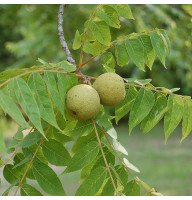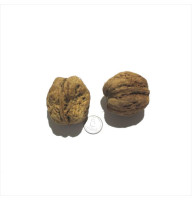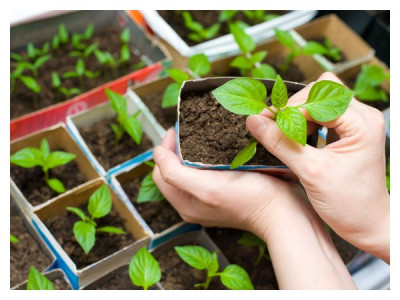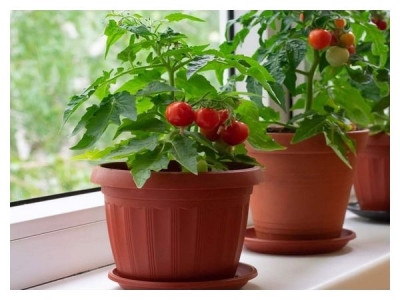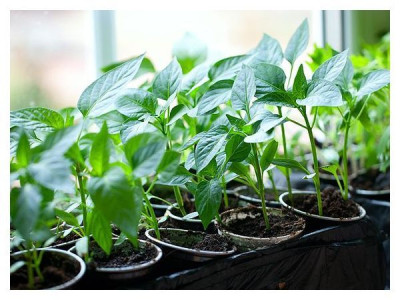Agree - many still consider peanuts to be a nut, although in fact this plant belongs to the Legumes, and its fruits, swollen beans with seeds, already at the ovary stage bend to the ground and literally grow into it (this phenomenon is called geocarpy). Therefore, the people often call the crop also «groundnut».
This plant is an important agricultural food and oilseed crop, known and valued by the ancient Indians of Peru, and today widely cultivated in China, India, the USA, Central Asia and some African countries. In addition to nutritional properties (and this «nut» contains a lot of easily digestible protein, important vitamins, organic acids and healthy mono- and polyunsaturated fats), peanuts also have a lot of positive characteristics - they are unpretentious in cultivation, grow quickly and can be cultivated on soils that are too poor for other crops, while perfectly retaining soils and enriching them with nitrogen as a result of symbiosis with special bacteria and fungi.

Peanut raw materials are used to prepare a spread (one of the highest calorie and protein-rich products of vegan cuisine), butter, a variety of baked goods, side dishes and sauces for meat and seafood, halva and sweets, and «nut» drinks.
It is important to remember that peanuts are considered one of the most allergenic foods, symptoms of a reaction to which can include itching, sneezing, hives, eczema, facial swelling, asthma, abdominal pain, low blood pressure and even anaphylactic shock. Therefore, before planting this crop in your garden, make sure that your family has no signs of an allergic reaction to the peanuts themselves and their processed products.
Despite the exotic origin of this legume, if you wish, you can grow peanuts not only in a container on the windowsill, but even on your own plot - and not only in a greenhouse, but even in open ground. And we will tell you how to do it correctly.
How do peanuts grow?
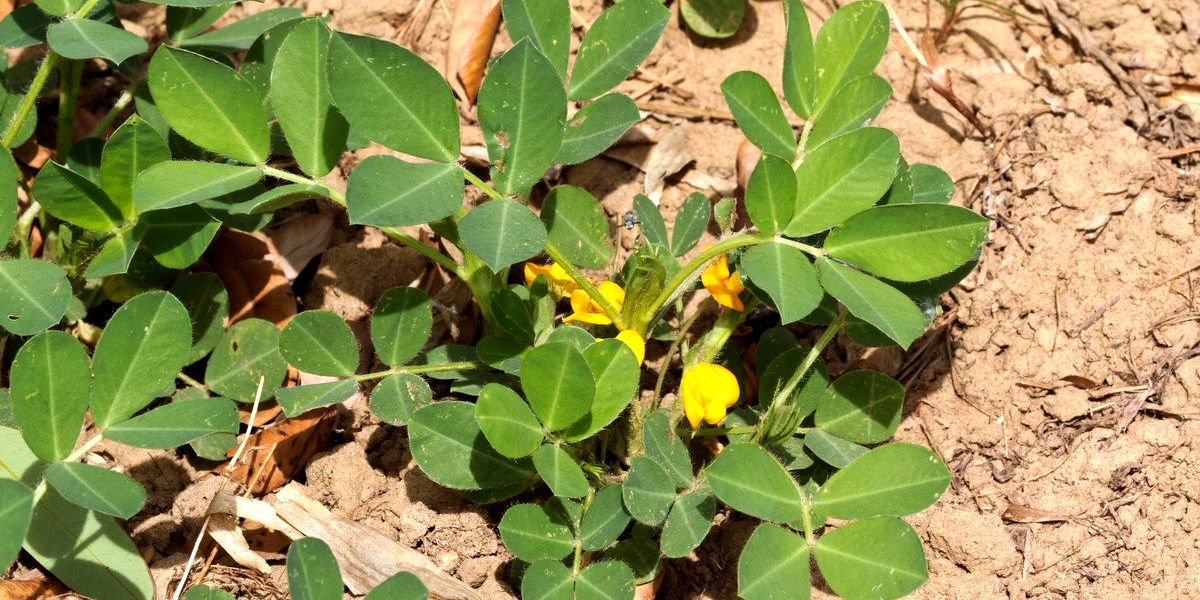
This plant botanically belongs to leguminous herbs (such as clover or alfalfa) and is an annual rather powerful and highly branched bush up to 0.4-0.7 m high, with a branched taproot, delicate green alternate pubescent leaves and red- yellow or white flowers of the usual moth type for legumes. Some varieties of peanuts are creeping vines with beans along the entire length of the shoots.
Peanuts bloom from early July until late autumn (each flower lives for about a day); after flowering and pollination, ovaries begin to form, lengthening through fruit shoots (gynophores) and descending to the ground, and later simply growing into the soil to a depth of 10 cm, where they ripen - and from this moment on, the plants must be constantly hilled up, as well as monitored for watering.
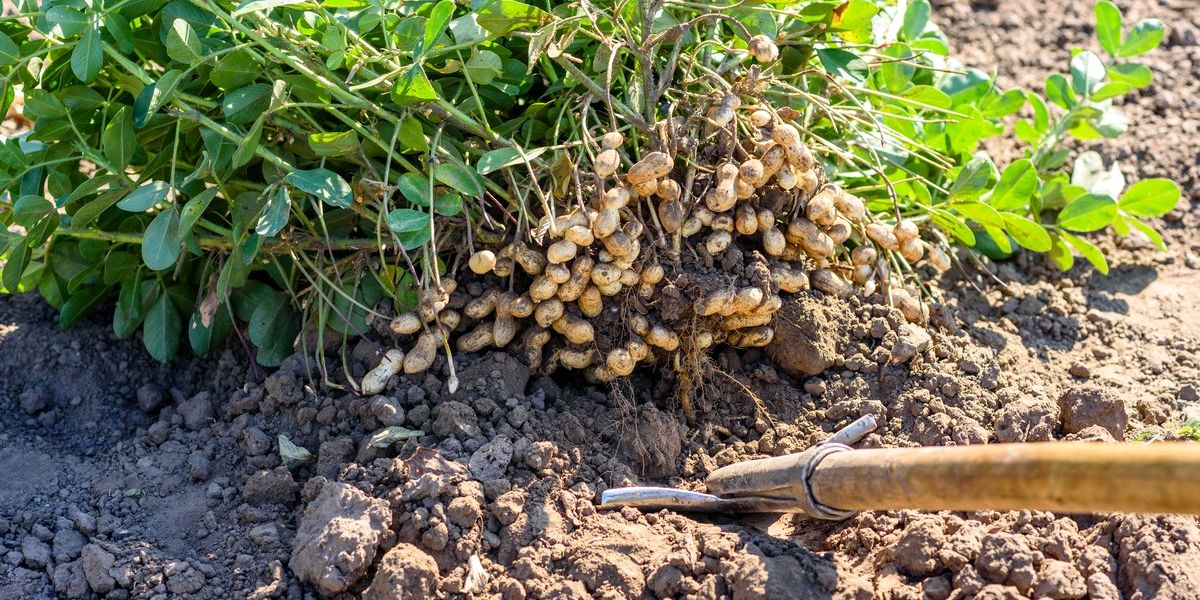
Peanuts are harvested by digging up bushes in early to mid-autumn, like potatoes. One plant can grow up to forty beans 2-6 cm long with dry leaves with a cobweb pattern and 1-6 large oblong seeds inside, whose total mass from under the bush reaches 400-500 g.
The red, pink or gray-yellow color of the peanut skin looks this way due to the presence of a special pigment substance, which, on the one hand, protects the «nut» seeds from damage by insects, and on the other hand, if they enter the human gastrointestinal tract, it can cause mild poisoning ( diarrhea). To avoid this effect, the seeds of freshly harvested peanuts are soaked in water before use, and dried and roasted ones are husked.
Peanuts in the garden: sowing, growing, care

Several hundred varieties of peanuts are known, but for cultivation in the middle zone (especially in open ground) it is necessary to select only acclimatized ones, but in general, you can try growing any fresh large «nuts» purchased in a store or at the market.
Let us remind you that the birthplace of the crop is South America, therefore peanuts prefer growing conditions «like at home» - light, loose soil, plenty of light, high air humidity and temperature. In our conditions, it is recommended to grow the crop in seedlings, otherwise for sowing you will have to wait until the soil warms up to a temperature of at least 15 ° C and the threat of return frosts has passed - and with such introductions to our short summer, peanuts may simply not have time to ripen (its growing season lasts 120-150 days).

Seeds for seedlings are sown in mid-spring. Before sowing, it is advisable to soak them in warm water for a couple of hours, and then they can be embedded in very loose, light soil (for example, a mixture of humus, garden soil, peat chips and sawdust in a ratio of 2:1:1:1) to a depth of one and a half times the size of the seed, Water generously and cover with film or glass until shoots emerge.
Peanuts are germinated in the light at a temperature of at least 18-20°C, shoots appear on the 10-12th day. After another week, you can begin regular (once every 10 days) feeding of seedlings - for example, alternating ash and complex fertilizers for seedlings.
Grown-up peanut bushes are usually moved into the ground at the beginning of summer. If you grow this legume not in a greenhouse, but in open ground, choose the highest, driest, sunny and wind-protected place for it. The ideal option for this crop is a warm bed. If you have not built it in advance, you can get by with a simple one, not forgetting to add fertilizers first - compost or humus at the rate of 4-6 kg per 1 sq.m., 20-30 g of phosphorus-potassium fertilizers and 200 g of ash.
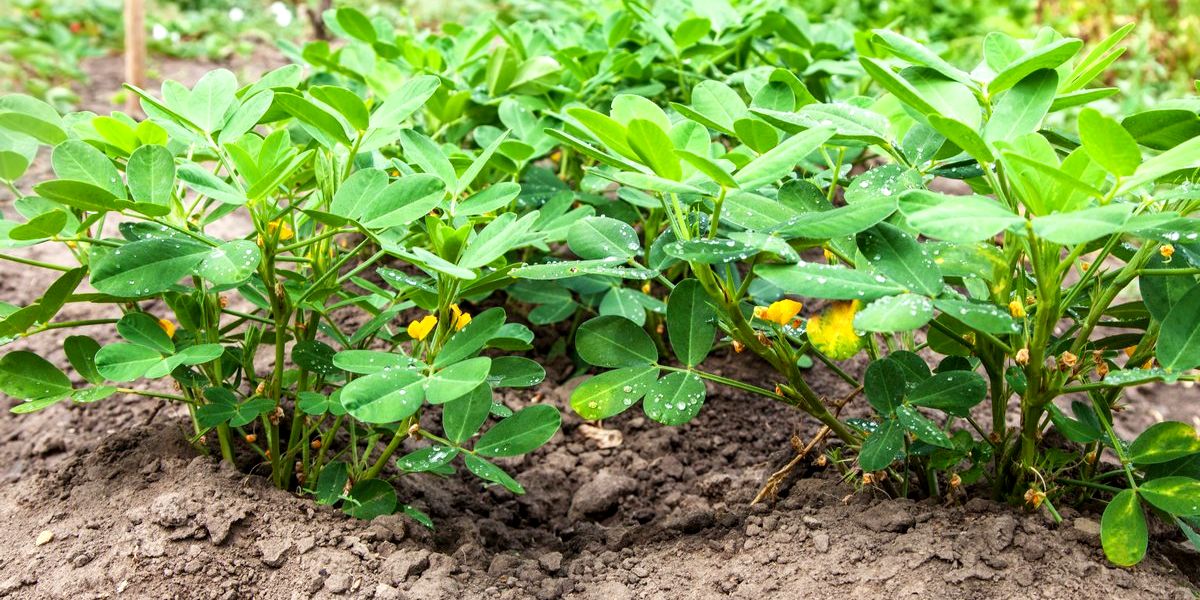
The plants are placed in the beds in a checkerboard pattern, leaving a distance of 50-70 cm between the rows, and about 25-30 cm between the bushes in the row. If we are talking about open ground, it is advisable to cover the plantings with spunbond or film on the arches for the first time, which are taken when it gets really warm outside. If you grow peanuts in a greenhouse, it is quite possible to plant them “at the feet” of taller crops, for example, the same indeta tomatoes, whose lower leaves are still torn off during the growing season.
The optimal temperature for growing peanuts is 22-28°C. When the thermometer readings are below 15°C and above 30°C, groundnuts noticeably slow down their growth.
Peanuts need moderate watering, but regular weeding, loosening the soil and hilling the bushes at intervals of three weeks is the primary task of the summer resident. We remind you that the soil under the bushes should always be very loose and moderately moist.
If for some reason the gynophores do not reach the surface of the bed, you can place containers filled with nutrient soil under them.
Peanuts ripen in September-October. You will easily notice the beginning of this phase by the appearance of the bushes, which will begin to dry out with yellowing leaves. At the moment, we need to help the plant, which is spending all its remaining energy on the ripening of underground fruits - completely remove fertilizing and reduce watering, but without allowing the soil to dry out completely.
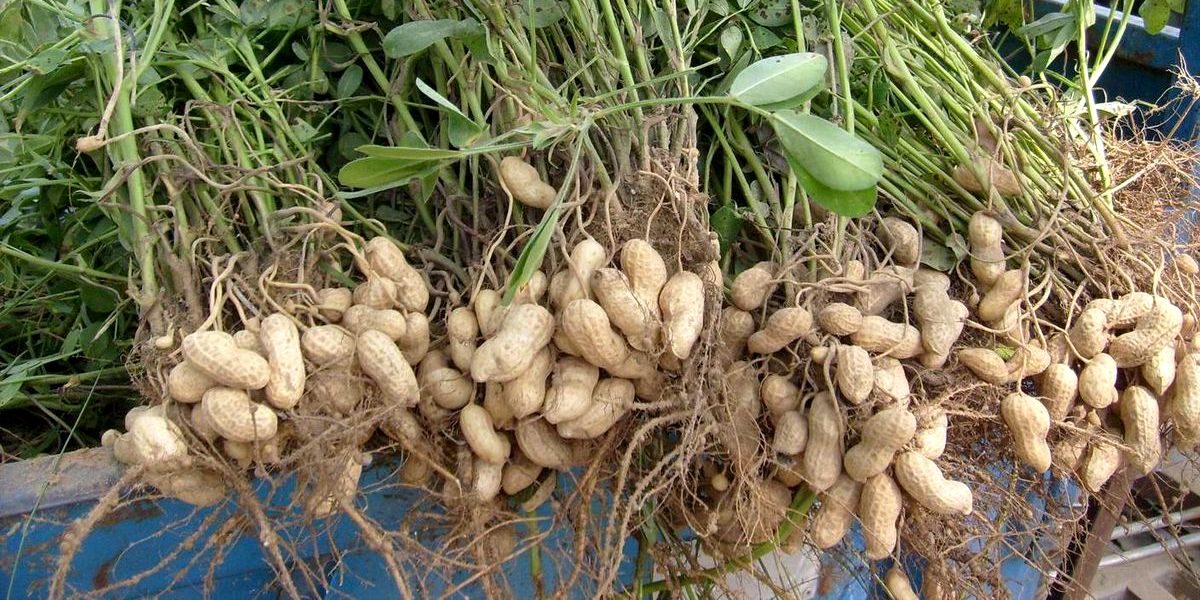
As soon as the bushes dry out completely, it’s time to harvest - carefully pry up the underground part of the plant with a pitchfork, remove it from the soil and place it to dry for 1-2 weeks (by spreading it on the surface or hanging it roots down in a dry, ventilated, cool room).
After this time, the beans are torn off and sent for another drying, thermal drying. If this is not done, the crop in storage will most likely become moldy - the beans are still soft and raw. You can “finish” them by placing them on a metal tray on a radiator, stove, etc. (at least in the sun) until the peanuts dry evenly. This usually takes another couple of weeks - as a result, the bean shells should become hard and brittle, and the red «wrapper» of the seeds will dry out and become easy to peel off.
As you can see, this once exotic crop from the New World will not require much effort on your part to grow - and as a result you will get a tasty dietary product.

